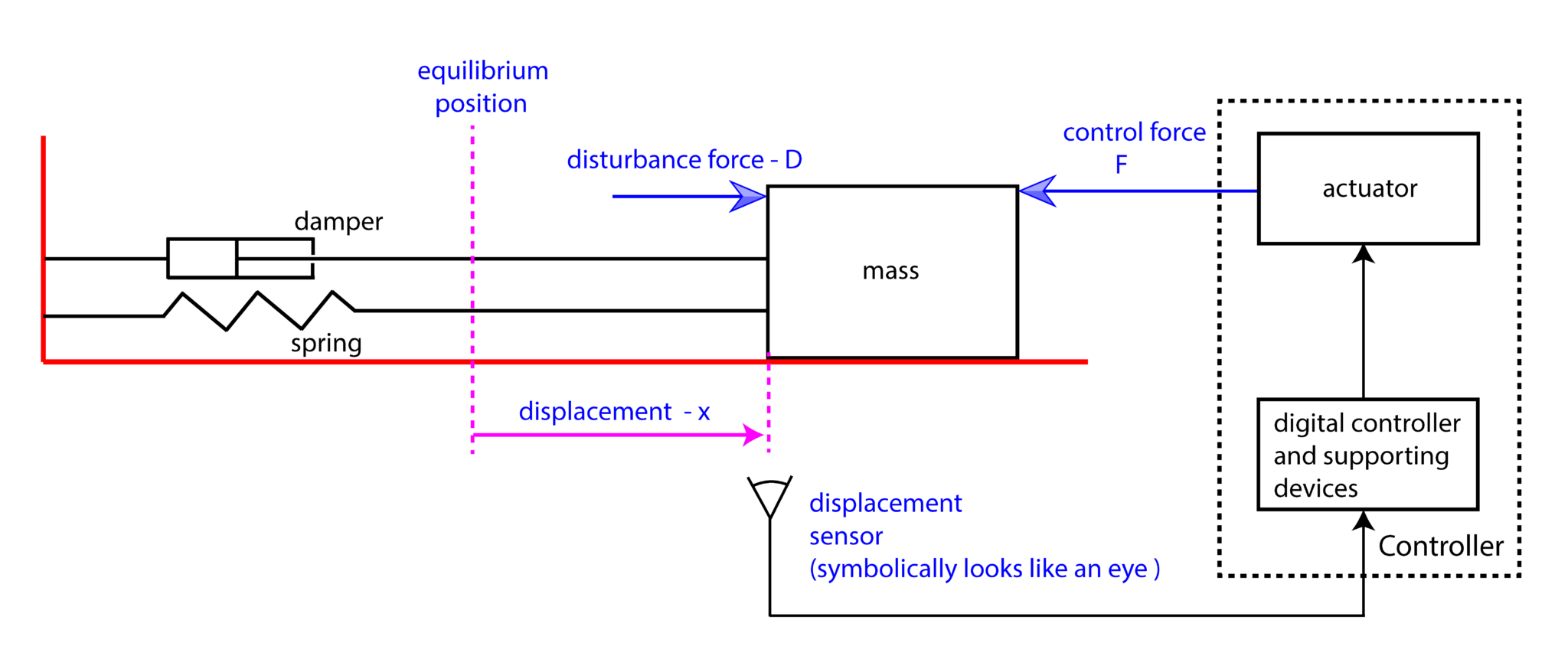What Are The Principles Of Feedback Control Systems In Electrical Engineering Applications?
Today, we want to share some valuable information about feedback control systems. Feedback control is a mechanism that utilizes signals to regulate or modify the performance of a system, based on the output it generates. In simpler terms, it is a way to keep a system or process running smoothly, even if it undergoes certain changes.
Feedback control systems can be found across diverse fields, such as robotics, engineering, economics, biology, and so on. By using feedback control systems, it becomes possible to control physical or abstract systems that may have varying degrees of complexity.
The basic principle of feedback control is simple. It involves a sensor that measures the output of a system, compares it to a reference value, and then provides feedback to the system. The feedback is then used to regulate the system’s input, ensuring that the output matches the desired reference value.
Here are the key elements of a feedback control system:
- The control system: This is the apparatus that takes the feedback from the sensor, compares it with the reference value, and calculates the error signal.
- The sensor: This is the device that monitors the output of the system and converts it into a measurable signal.
- The actuator: This is the device that actually changes the input to the system so that the output stays at the desired reference value.
- The reference value: This is the desired value that the output should match.
In the context of control systems, these components work together to create a feedback loop. The output of the system is measured by the sensor, compared to the reference value, and then used to generate the error signal. The error signal is in turn used by the control system to determine the appropriate input to the system, so that the output matches the reference value. This process continues indefinitely, ensuring that the system remains at the desired state.
The advantages of feedback control systems are numerous. For one, they offer a way to achieve accurate and precise regulation of systems. Additionally, they can be used to mitigate the effects of disturbances or variations in the system. Feedback control systems can also be easily adapted to different types of systems, making them highly versatile and flexible to use.
In addition to the basic principle of feedback control systems, there are also different types of feedback control systems that are typically used. These include:
- Proportional control: This involves using feedback to adjust the input to the system in proportion to the error signal. This is an effective way to regulate systems, but it has some limitations in terms of accuracy.
- Integral control: This adjusts the input to the system based on the accumulated error signal over time. This type of system is useful for systems with longer response times.
- Derivative control: This adjusts the input to the system based on how quickly the error signal is changing. This type of system is useful for systems that require fast response times.
- Proportional-integral-derivative (PID) control: This is a combination of the above three types of control. It is highly effective in regulating systems that are subject to frequent disturbances or variations.
There are also different feedback control strategies that are typically used in different applications. Here are a few examples:
- On-off control: This type of strategy involves turning a system on or off depending on whether the output is above or below the reference value. This strategy is useful for systems that have binary outputs, like heating or cooling systems.
- Bang-bang control: This is similar to on-off control, but instead of turning the system on or off, it adjusts the input to the system in either direction. This type of control is useful for systems that require precise regulation.
- Optimal control: This is a more sophisticated approach that involves minimizing a cost function, subject to constraints. This type of control is useful for systems that have complex dynamics or require more advanced optimization.
The benefits of feedback control systems are clear. They offer a way to achieve precise regulation of systems, regardless of the variations or disturbances that they may experience. By using feedback control systems, it is possible to create highly effective control systems that can adapt to changing conditions, making them suitable for a wide range of applications.
Overall, feedback control systems provide an effective way to regulate complex systems and processes. They rely on a fundamental principle that has stood the test of time, and can be adapted to a wide range of applications and scenarios. As such, they are a valuable tool for anyone involved in designing, developing, or managing systems or processes.

Post a Comment for "What Are The Principles Of Feedback Control Systems In Electrical Engineering Applications?"